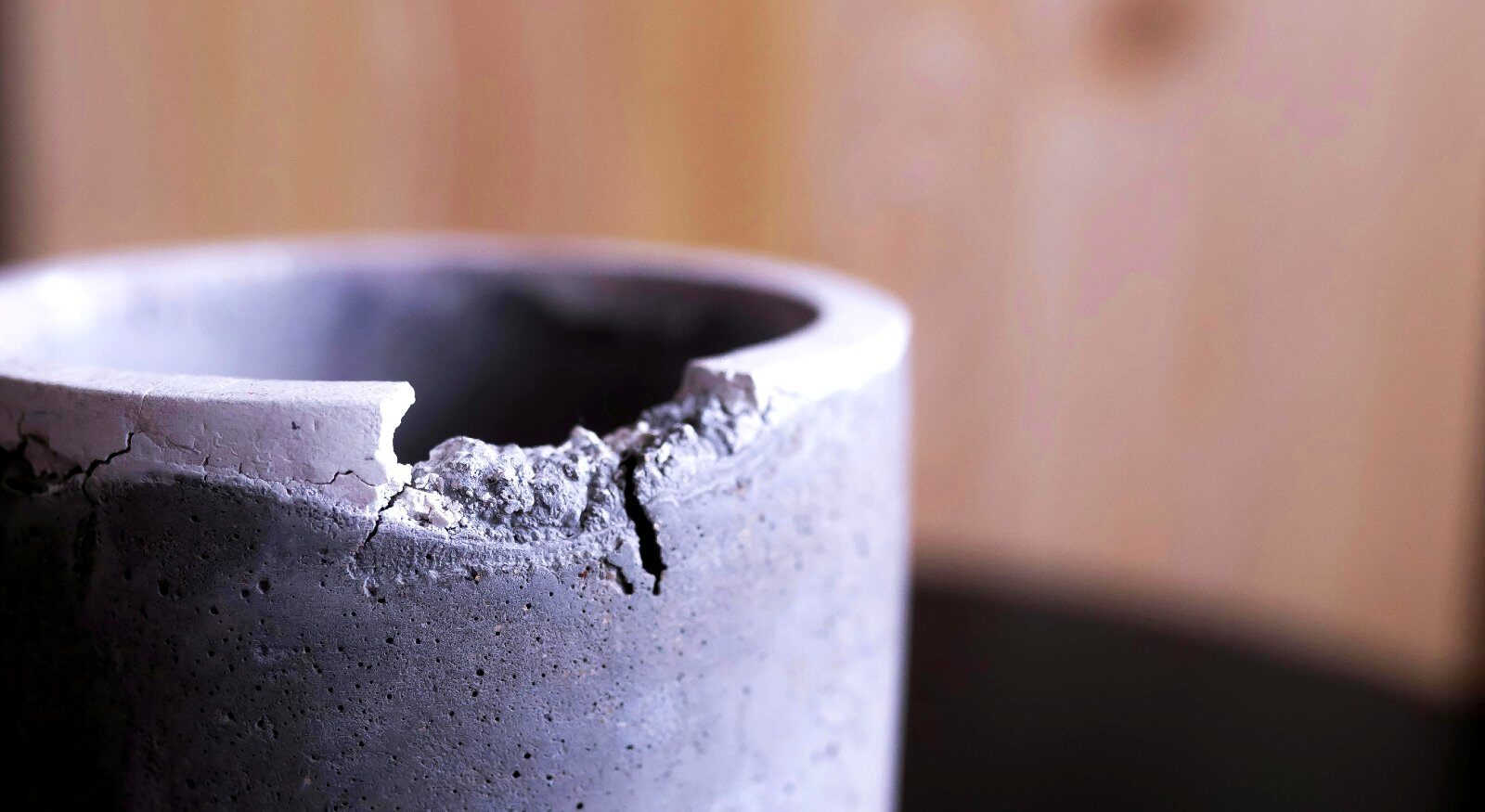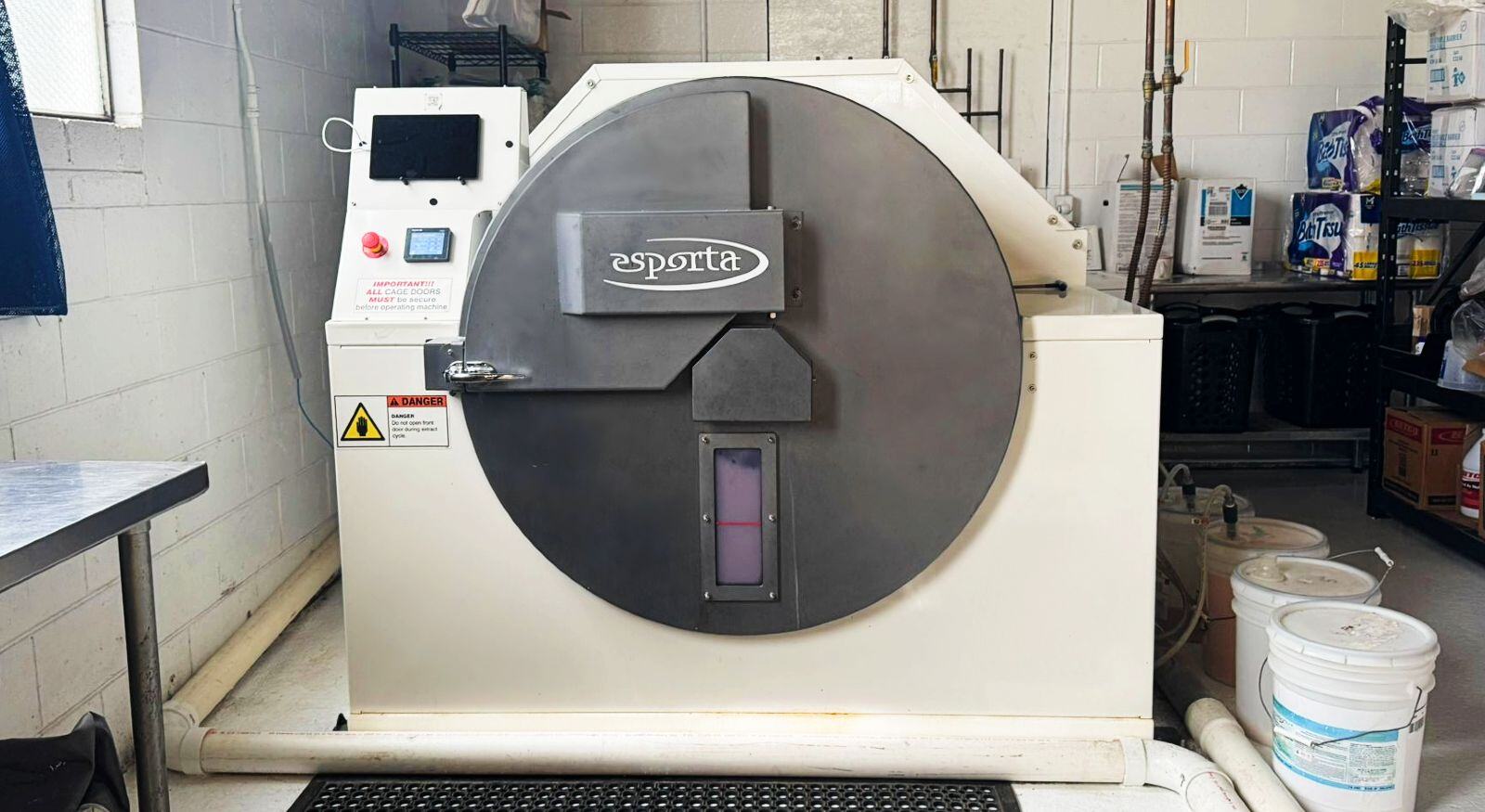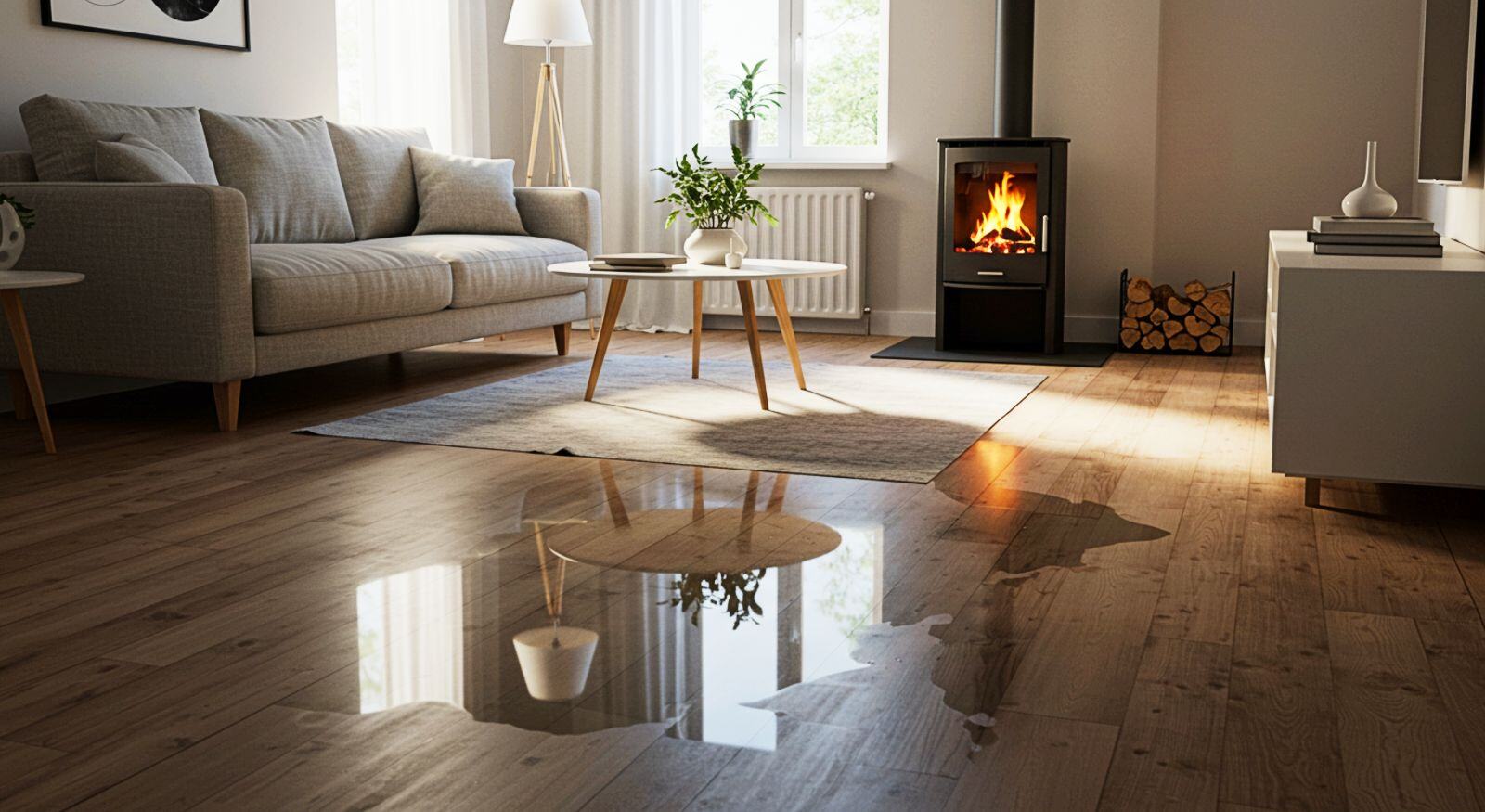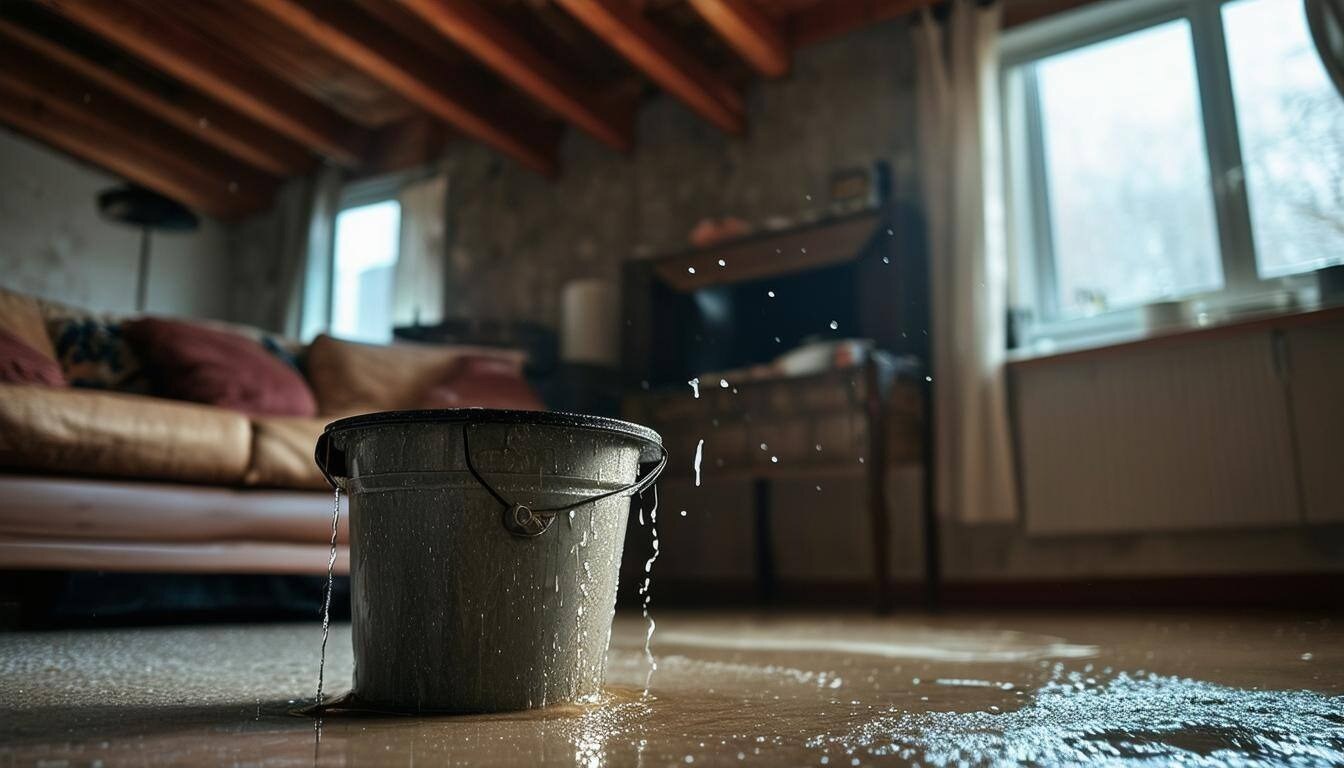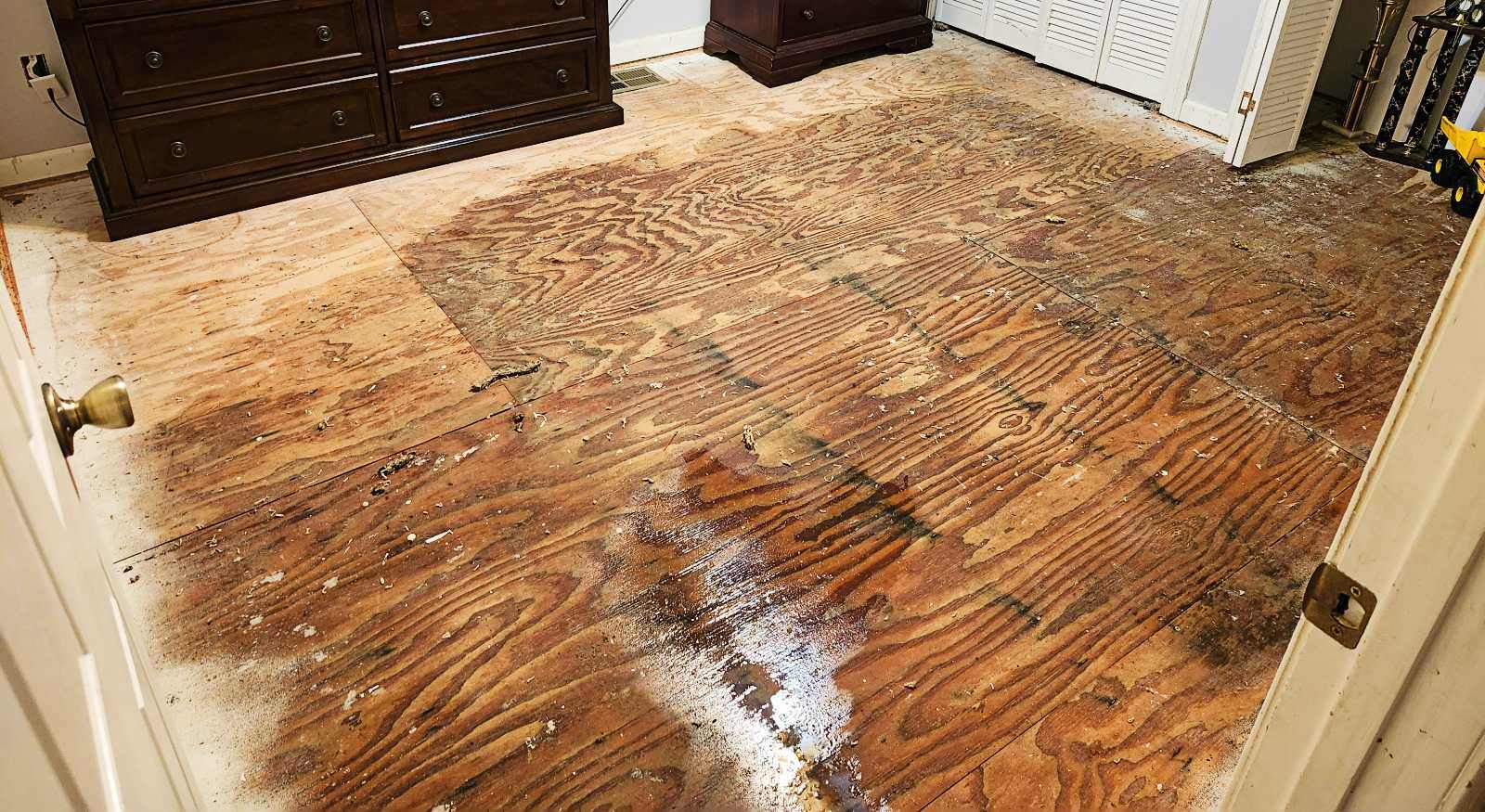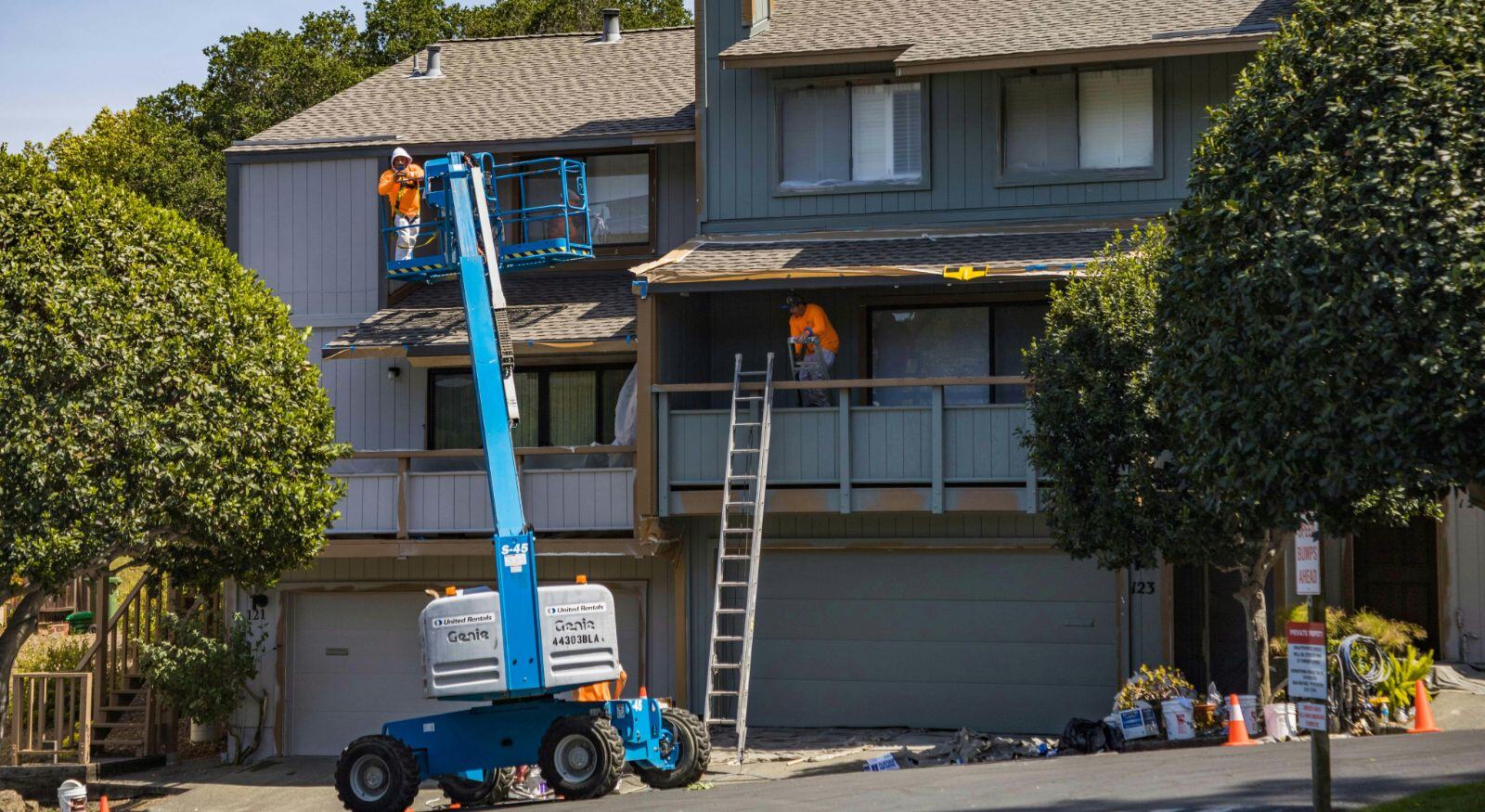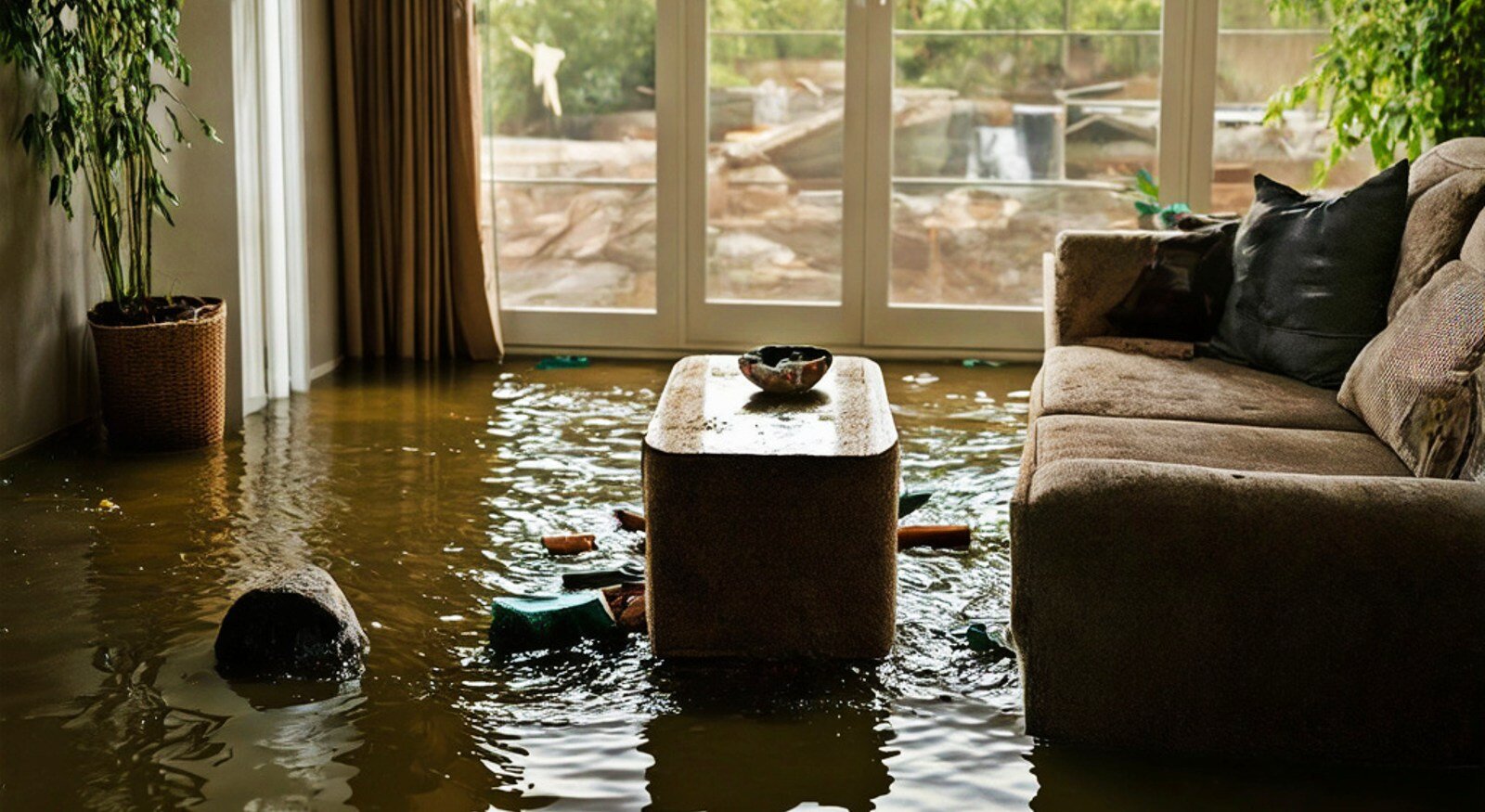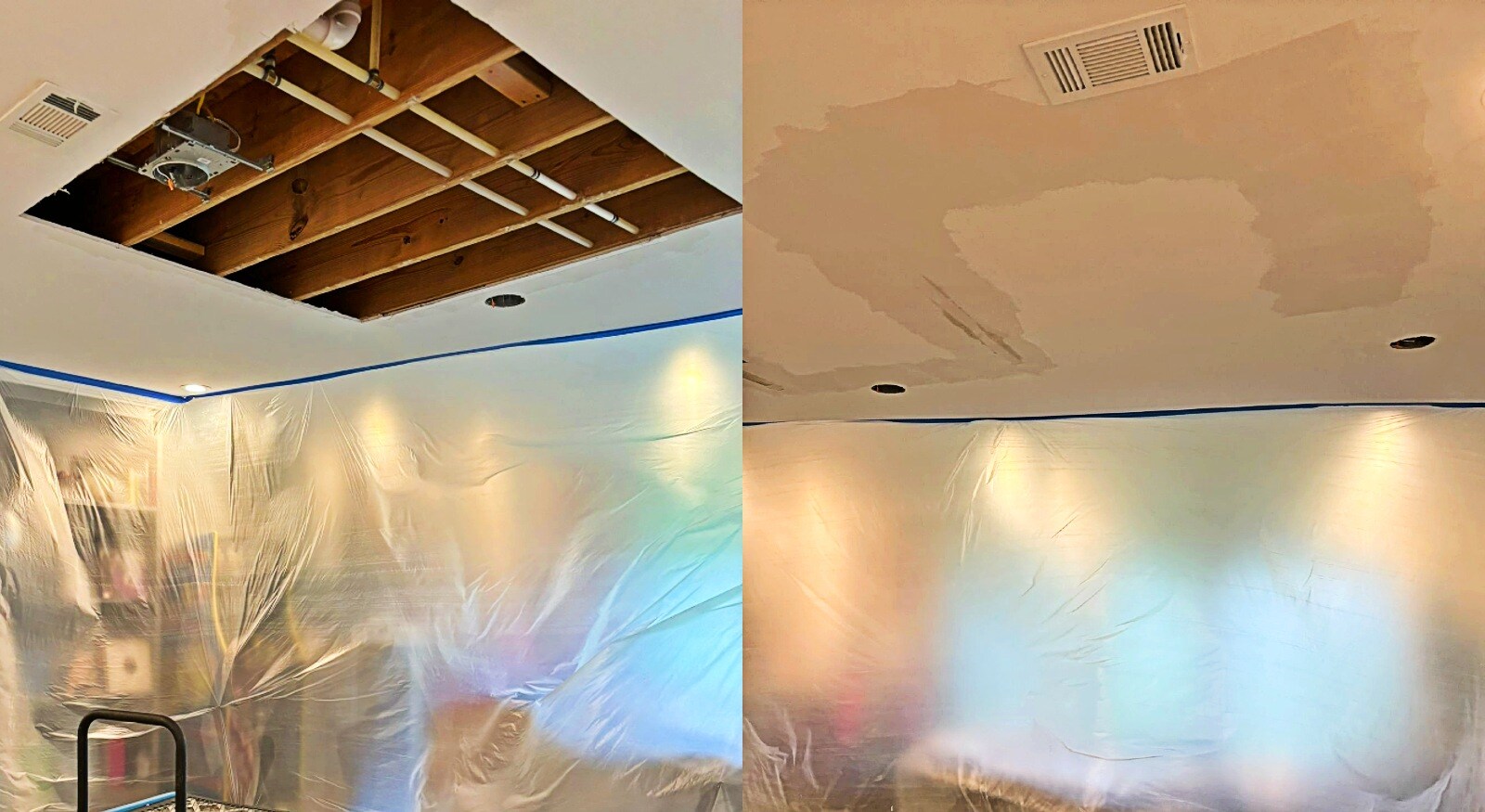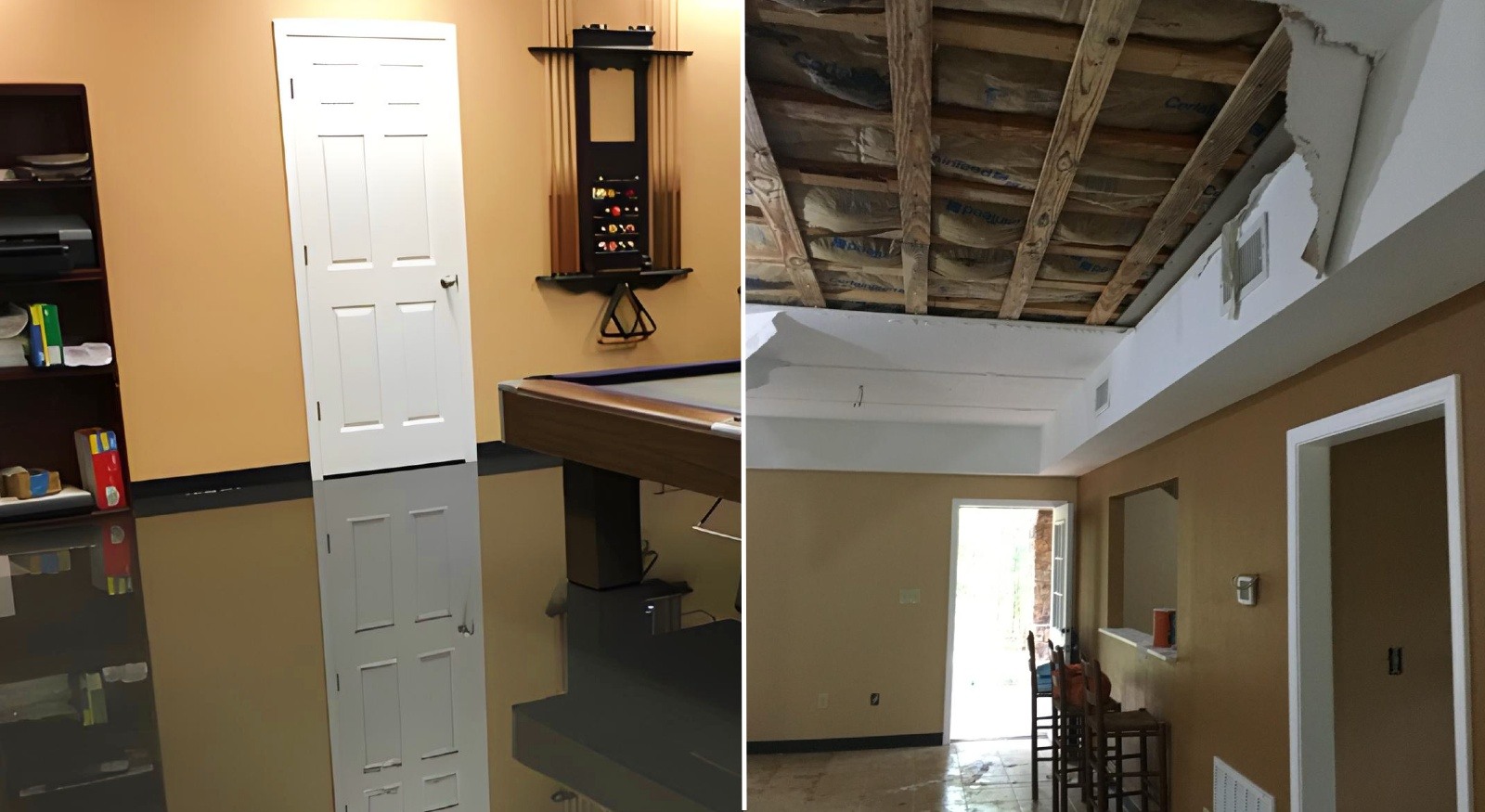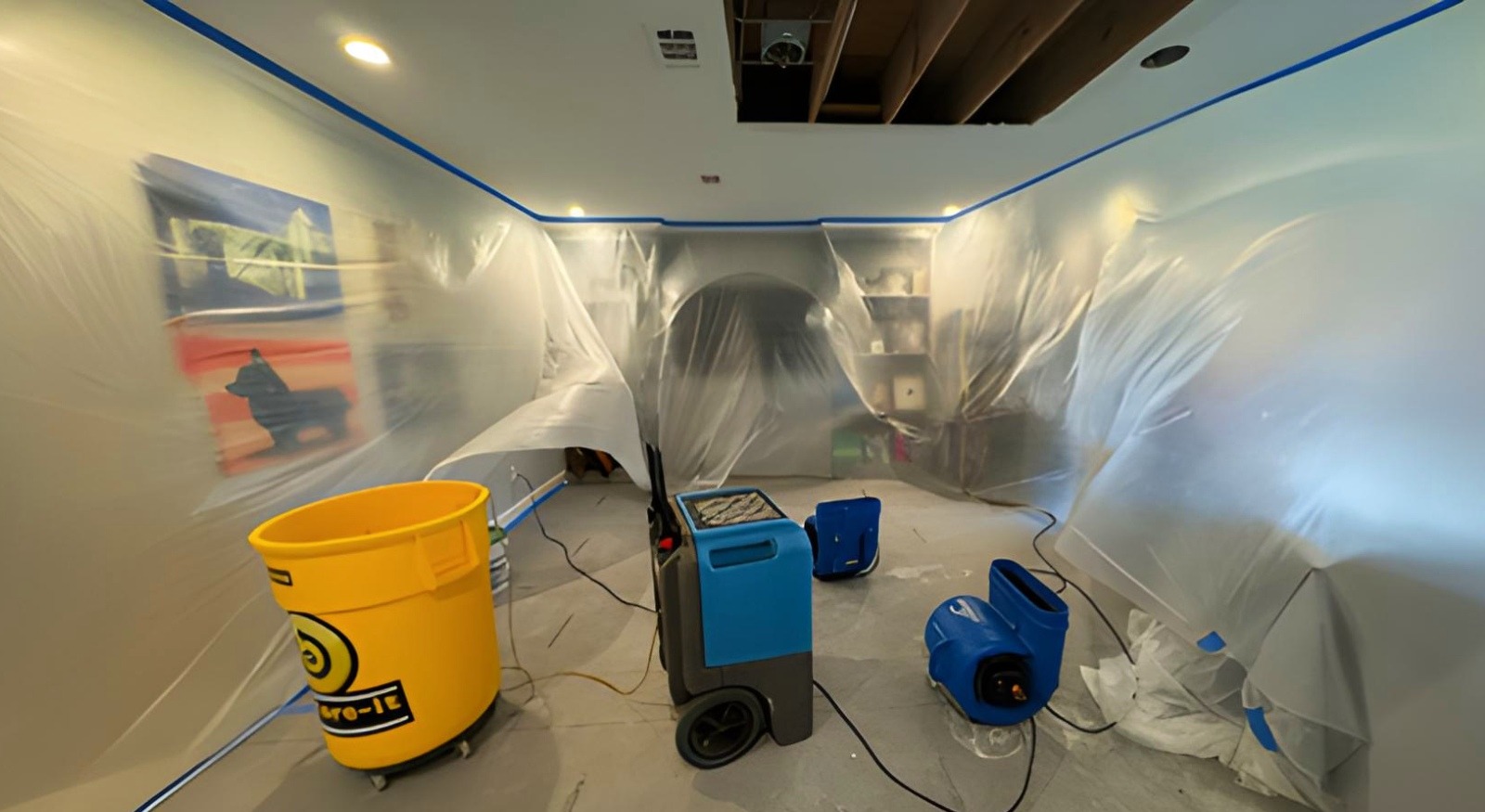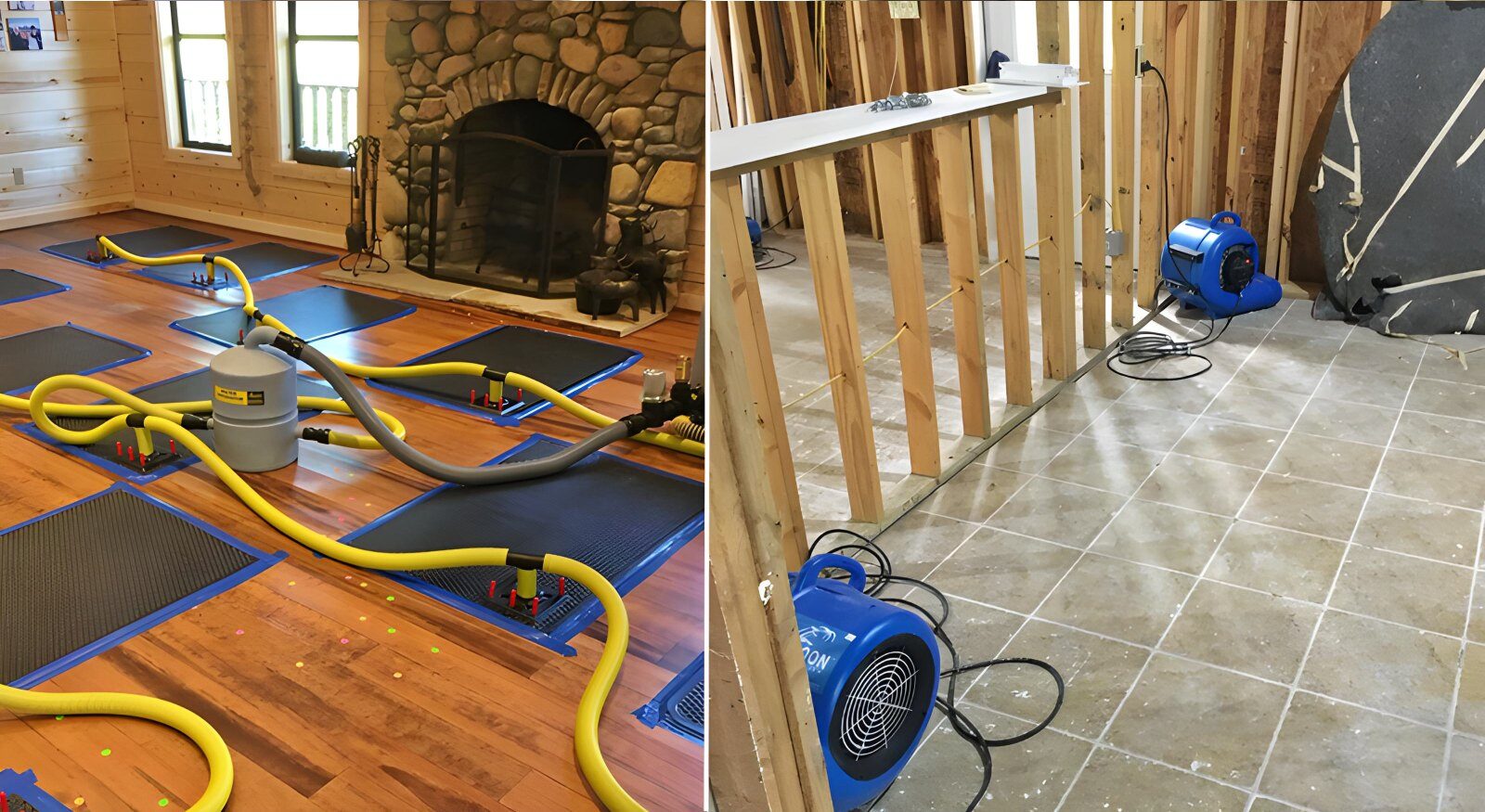Water Damage Restoration: What to Expect During An Inspection
July 23rd, 2025
3 min read
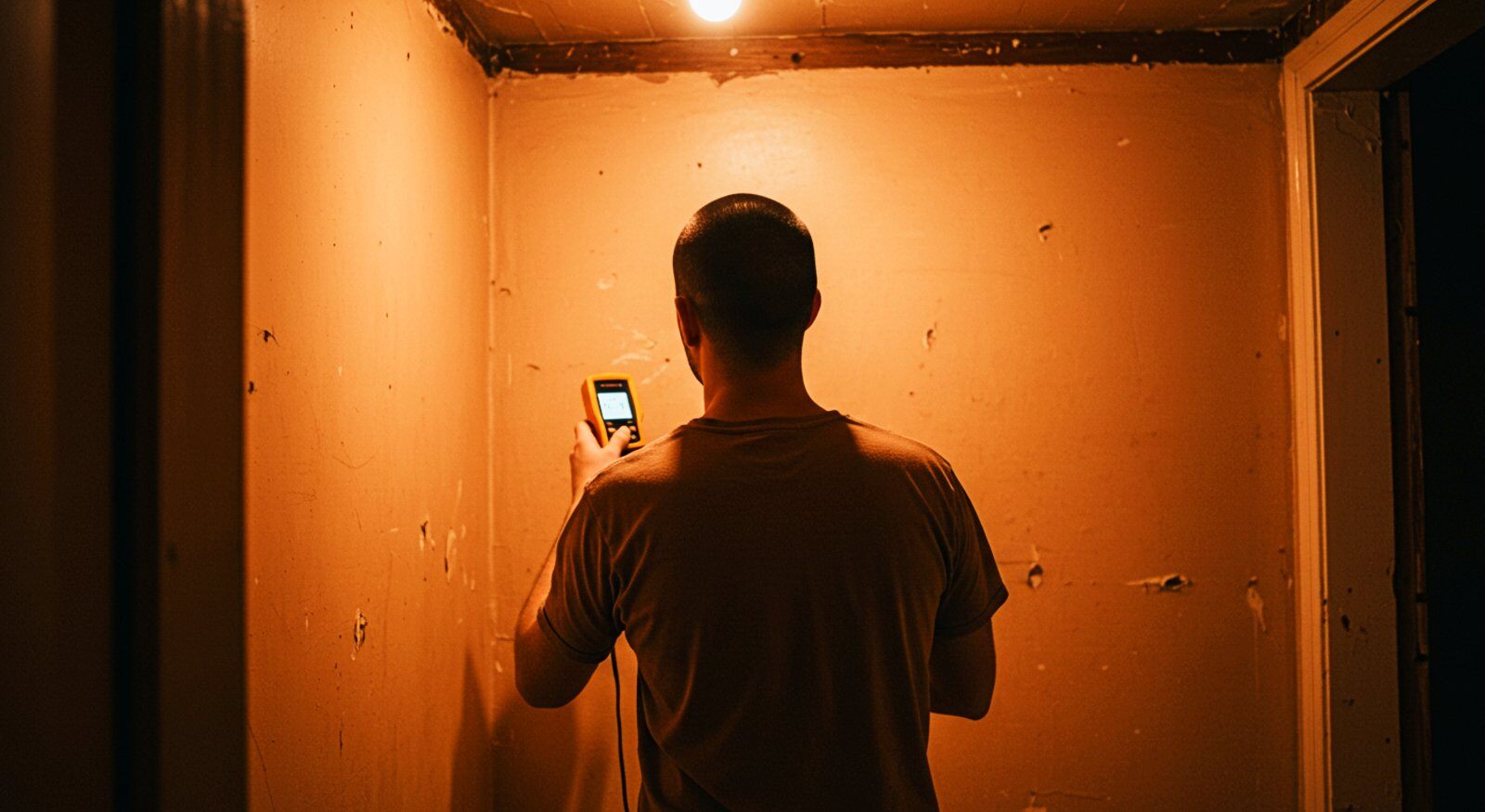
Nobody wants to come home only to discover an ever-growing puddle of water on the floor. Not knowing what to expect from the inspection process can worsen an already stressful scenario. Will technicians be able to deal with the water damage? What about the one that cannot be seen?
We're here to help you put those worries aside! As the trusted experts in South Arkansas for water damage restoration, we're excited to share what goes on behind the scenes of your average water damage inspection.
Today, we will explain in detail what happens during a water damage inspection. We will cover everything from the tools used to what to expect throughout the process. Let's dive in and explore this topic!
The Visual Inspection
The inspection process begins with a thorough visual examination of your home. The inspector will meticulously inspect every nook and cranny, looking for telltale signs of water damage. They'll be looking for things like:
- Water Stains: Those ugly brown or yellowish stains on your walls, ceilings, or floors can clearly indicate past or present water damage. Like the footprints at a crime scene, they can lead you to the source of the problem.
- Warping and Buckling: Water can cause materials like wood, drywall, and flooring to warp, buckle, or sag.
- Peeling Paint and Wallpaper: Excess moisture can cause paint and wallpaper to peel or bubble. This not only looks like a mess, but it can potentially hide more serious damage underneath.
- Mold and Mildew: Water damage, particularly if not addressed fast enough, can create a damp environment where mold and mildew can thrive. These unwelcome guests not only damage materials but also pose health risks. The key to keeping these annoying party crashers out? Immediate mitigation and drying of the building materials and affected areas.
- Musty Odors: That damp, musty smell is a telltale sign of moisture problems. While the smell itself might not be harmful, it shows that something is not quite right. Even if it's not visible, mold may be hiding in your home.
Moisture Meters and Other Tools
While a visual inspection can reveal a lot, sometimes, water damage hides in places you can't see, like behind walls or under floors. That's where special tools come in.
- Moisture Meters: These handy gadgets let technicians detect moisture levels in materials, even those that appear dry on the surface. They're like an X-ray for your home, revealing hidden secrets. By using a moisture meter, they can pinpoint the extent of moisture intrusion and track drying progress.
- Infrared Cameras: These high-tech tools "see" temperature differences, which can help identify hidden moisture sources. For example, a cold spot on a wall might indicate a leak behind the surface.
Inspecting the Exterior and Beyond
Water damage doesn't just come from inside your home. The inspection will also cover the outside of your house. Professionals will look for:
- Roof Problems: Damaged or missing shingles, clogged gutters, or faulty flashing can allow water to seep into your attic and walls.
- Foundation Issues: Cracks or gaps in your foundation can let water into your basement or crawl space.
- Poor Landscaping: Improper grading or overgrown plants can direct water toward your foundation.
Questions to Fully Understand the Situation
But the inspection goes beyond just looking for visible signs of water damage. The inspector will want to understand the history of your home and any past water-related issues. They might ask you questions like:
- When did the water damage occur? (To determine the extent of the damage and potential for secondary issues like mold.)
- What caused the water damage? (Was it a burst pipe or something else?)
- What areas of your home are affected? (Basement, kitchen, bathroom, etc.)
- What type of water is it? (To determine the level of contamination.)
- Have you noticed any signs of mold growth? (Musty odors, visible mold, etc.)
- Have you done anything to clean up the damage yourself?
- What type of flooring do you have? (Carpet, hardwood, tile, etc.)
- Are there any valuables in the affected areas? (Furniture, electronics, etc.)
- Do you have a sump pump or other water removal systems?
- Is your home insured? (If so, they might ask for your insurance information.)
This background information helps the inspector understand your home's water damage risk and recommend the best course of action.
Why a Thorough Inspection Matters
A thorough water damage inspection is very important for several reasons:
- Accurate Assessment: It provides a clear and accurate damage assessment, allowing for effective restoration planning and cost estimation.
- Risk Identification: It identifies potential risks, such as mold growth or structural damage, that might not be visible.
- Preventative Measures: It helps identify potential sources of future water damage and recommends preventative measures.
- Peace of Mind: You can rest assured knowing that your home has been thoroughly checked and any potential problems have been identified.
What to Expect After the Inspection
After the inspection, the inspector will provide a detailed report outlining their findings and recommendations. This report may include:
- A description of the water damage
- The likely cause of the damage
- The extent of the damage
- Recommendations for repairs or restoration
- An estimate of the cost of repairs
With this information, you can decide how to proceed with restoration. This will give you a clear understanding of the problem, the solutions, and the costs involved, empowering you to take control.
Restore-It: Your Partner in Restoration
So, that's it! We have explored the inspection process in detail. Now that you have a clear idea of what to expect, you should be ready to face any water incident confidently. Having said that, if you face water damage and still have some concerns, stop doubting and give us a call! Our team will gladly answer all your most pressing questions. So don't let water damage take over your home! Contact Restore-It today, and let us help you reclaim your living space and restore your peace of mind.
Topics:




